How and how to feed lilies?
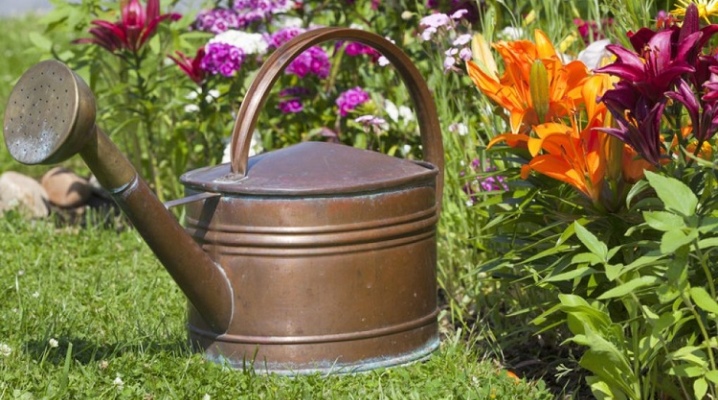
Lily is one of the most popular horticultural crops. Its unusual shape, bright colors and pleasant aroma invariably attract attention and become a decoration of any flower bed. In order for the plant to delight flower growers with its decorative appearance as long as possible, lilies need feeding.
Timing
The development of garden lilies and their ability to bloom luxuriantly and for a long time directly depend on the quality of the bulb's nutrition, the saturation of the soil with useful macro- and microelements. It is extremely important to provide this crop with the correct feeding throughout the growing season.
The plant needs fertilization in various periods, with the exception of winter - good gardeners feed their green pets from the very beginning of spring to autumn.
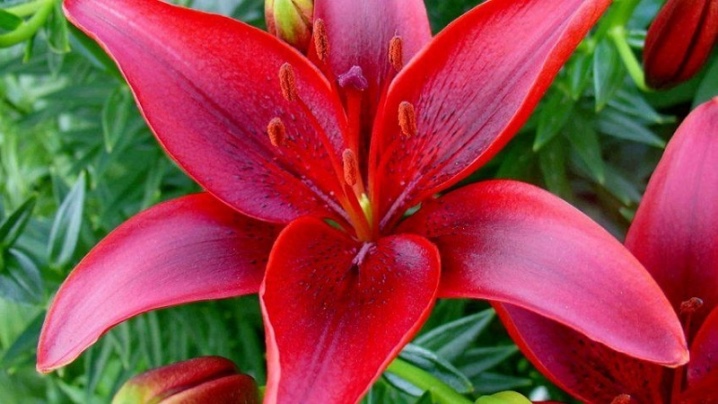
The first stage of fertilization begins in early spring - as soon as the snow cover melts, the flower begins to awaken from hibernation and collects all its vitality in order to recover as quickly as possible, give lush foliage and form buds. Feeding lilies during this period should provide the bulbs with sufficient nutrients.
The next stage, when the plant especially needs external support, is the budding period. At this time, lilies need strength to release flower stalks and give abundant and beautiful flowers. In the best possible way, this is facilitated by phosphorus dressings, which contribute to the active formation and growth of buds.
During the summer, lilies will also need a dose of fertilizer. These flowers literally mesmerize with their charm, and the task of each owner of the infield is to maintain this beauty. In June-July, additional feeding will also be needed, although not as abundant as in spring.
And finally in September, lilies need the last portion of vitamins and mineralsthat will help the bulb accumulate nutrients to grow stronger and withstand the long winter. Let us dwell in more detail on the features of feeding garden lines at different stages of the growing season.
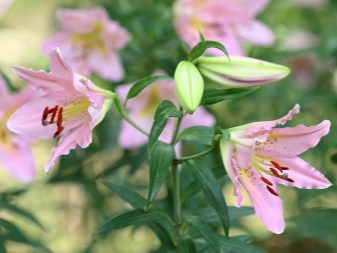

How to fertilize before regrowth of shoots?
The need for lilies in feeding in early spring before new shoots regrowth largely depends on the quality of the soil in the garden. If the culture was planted on rested lands with a high degree of fertility, then spring dressings can be abandoned; in all other cases, the lily must be fed.
Lilies respond very well to the introduction of high-quality organic matter: per 1 sq. m will require 7-8 kg of humus or rotted compost. Please note that it is strictly forbidden to apply fresh manure under the plants - this will cause burns to the roots and quick death of the entire plant. Together with organic matter, a little can be added to the nutrient solution during this period double superphosphate at a dosage of 100 g per square meter.
A good organic fertilizer option can be wood ash. Such processing contributes to the appearance of large and beautiful flowers, and in addition, the plant acquires resistance to diseases, and it will endure the winter much easier. Ash application rate is 100 g / sq. m. As an alternative to organics, you can use mineral fertilizing.
During this period, the plant will need nitrogen: it is best to prepare urea, it is diluted in water at the rate of 1 tbsp. l. on a bucket and bring in more over the snow.

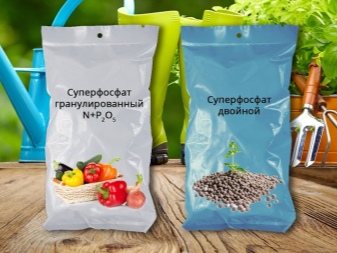
How to feed when shoots grow?
To build up green mass, the plant needs a sufficient amount of nitrogen, otherwise, you will not get a strong and luxuriantly blooming lily. Fertilizer is applied in May, immediately after the first shoots appear. Lilies at this stage will need ammonium nitrate - in accordance with the instructions, it is dissolved in water, and the plant is watered. Nutrients very quickly penetrate the bulbs and saturate the culture with the necessary microelements.
During this period, lilies will not be prevented from processing bordeaux liquid - it will be an excellent prevention of diseases of the root system and protection against damage to green parts. The drug is applied at the root and used for foliar feeding.

The necessary fertilizers during the budding period
From the very beginning of bud formation, the plant needs a new portion of nutrients. During this period, the flower will be of great benefit phosphorus-nitrogen compositions - lilies are very fond of nitroammofoska. The drug is introduced at the rate of 1 tbsp. l. per square meter. Additionally, you can carry out the treatment with infusion of mullein or chicken droppings, it is diluted with water in a ratio of 1 to 10.
When the lily has almost completely formed the buds, and the plant is about to bloom, a little should be added under the root ammonium nitrate: 1 tbsp. l. the drug is diluted in a bucket of water, then watered in the near-stem circle.
When the buds open and flowering begins (usually in July), the plant needs to be fed double superphosphate. The application rate is 1 g per bucket of water, while it is important to use the solution warm. As an alternative, potassium magnesium will work: 10-15 g of powder is taken for each bucket of water.
Throughout the entire period of budding and flowering in open ground, you can make crushed wood ash - it does not carry any harm and at the same time contributes to the strengthening of the plant. The powder is scattered around the flower and gently poured with water in a drip method - this way you will facilitate access to the roots for nutrients.

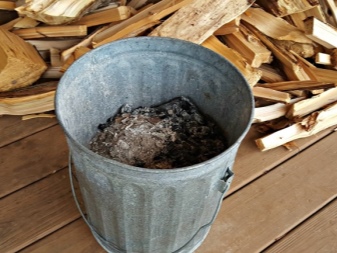
A cheap, but at the same time effective option for feeding garden lilies is considered regular bread, you can use even slightly moldy or completely dry. Top dressing based on fermented bread is very useful for plants, it promotes active growth and increased flowering.
The nutritional supplement recipe is pretty simple.
- The bread should be cut into small pieces and filled with tap water.
- For greater effectiveness, crushed nettle leaves or dandelion greens are added to the mixture.
- The resulting mass is placed under oppression and kept in a warm place protected from direct sunlight. Keep in mind that fermentation of bread is usually accompanied by a rather unpleasant smell, so it is better to place the container with bread and grass in a secluded place.
- After 7-10 days, the resulting mass is diluted with water in a ratio of 1 to 10, and the lilies are fertilized. During flowering, a single treatment will be sufficient.
Important: yeast promotes the absorption of calcium from the soil, while this trace element is very useful for lilies. So that the flower does not suffer from its deficiency, it is necessary to add ash or turf flour simultaneously with the bread dressing.
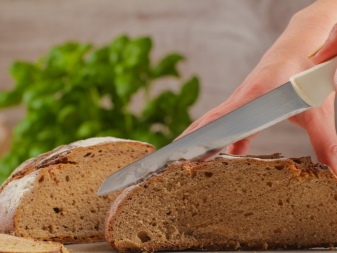
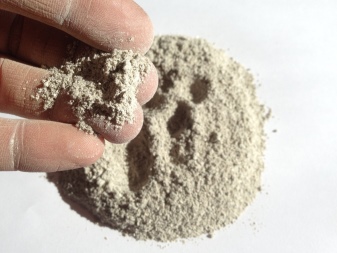
What do they need after cutting or flowering?
At the end of the flowering period, it is necessary to apply the last top dressing for the current growing season. This is necessary in order to help the culture to hibernate prepared - the bulbs accumulate the amount of nutrients they need, so that the lilies can easily tolerate prolonged frosts.
At this stage, the plant will be helped phosphorus-potassium preparations. It is advisable to make a double dose in order to increase the winter hardiness of the flower bulbs. When compiling nutrient solutions in a bucket of water, dilute 2 tablespoons of potassium magnesium and superphosphate.And in conclusion, a few tips from experienced flower growers that will make feeding more effective and beneficial for the garden lily.
The first external top dressing should be applied after the earth warms up to + 5 ... 6 degrees Celsius (with the exception of urea). The climate in each region of Russia is different, and the soil warms up at different times, therefore, in one area, fertilizers can be applied already in April, in another - only in May.
If flowers did not grow for a long time on the site where the garden lilies were planted, then, most likely, the substrate is rich in humus, respectively, it will not need special feeding for 2-3 years. In the first year of the life of the culture, it is better to cut off the flower stalks.... Without them, the plant will be able to grow stronger and gain strength in order to give abundant and lush flowering next year.
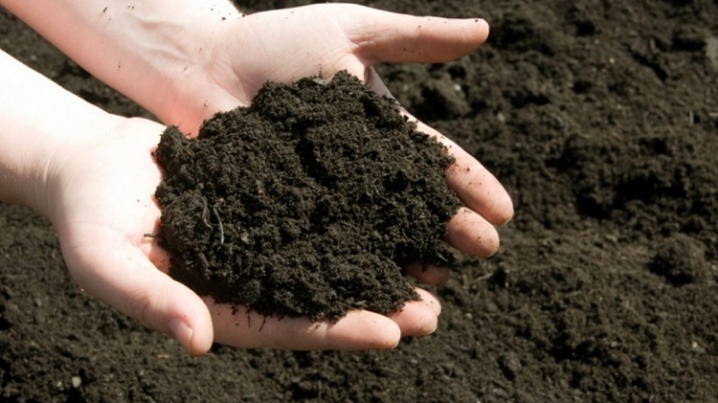
Please note lilies do not tolerate highly concentrated fertilizer solutions, therefore, it is best to feed them in small portions in several passes.
Of the folk remedies, the most effective is ammonia - it provides the lily with the nitrogen it needs and improves crop growth. For the preparation of a nutrient solution 1 tsp. the drug is diluted in a liter of water. By the way, the same composition can be used in case of aphid damage to lilies, only the dosage in this case will be completely different - 50 ml per bucket of water.
If the lily planting site is characterized by high acidity, it must be reduced, since such growth conditions are not recommended for lilies. To do this, every 5 years, 3 kg of ash are added per square meter of land, or slaked lime. Processing is carried out in the fall, after the lily has faded.
In order for your garden lilies to delight you with their colorful flowering and unusually delicate aroma, you should make a lot of effort, study in detail all the information on how to feed these flowers - after all, they need correct systematic feeding.
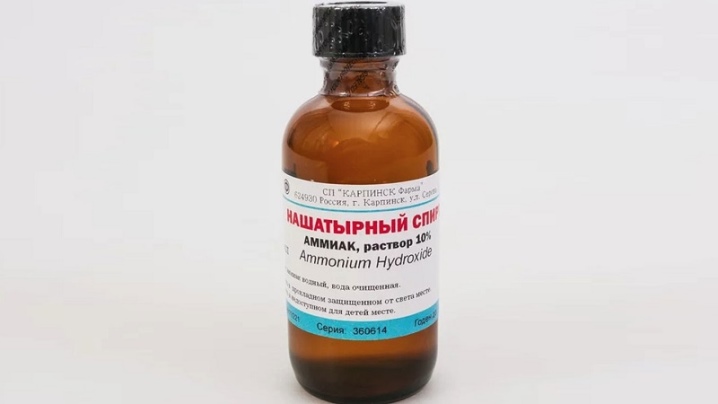
For information on how to feed lilies before flowering, see the next video.







































































































The comment was sent successfully.